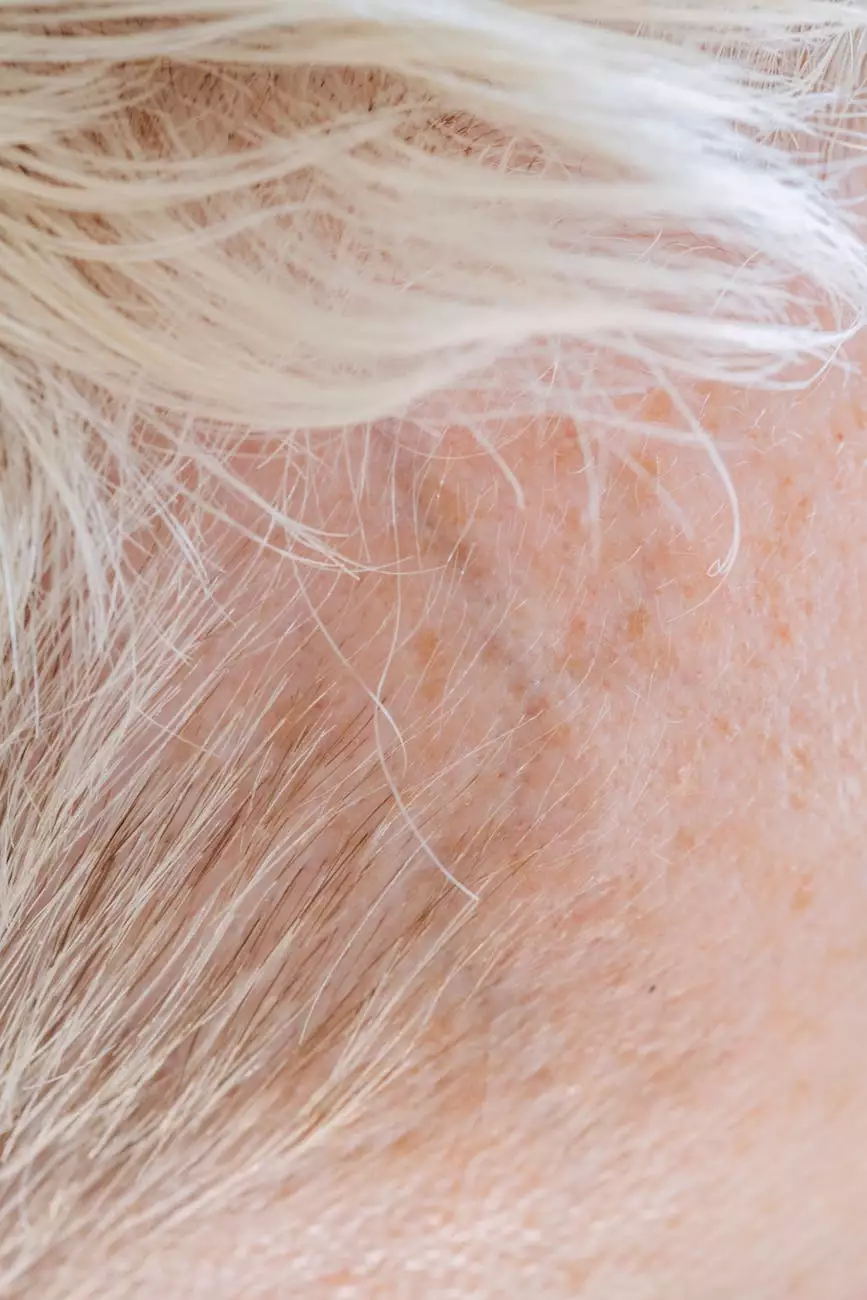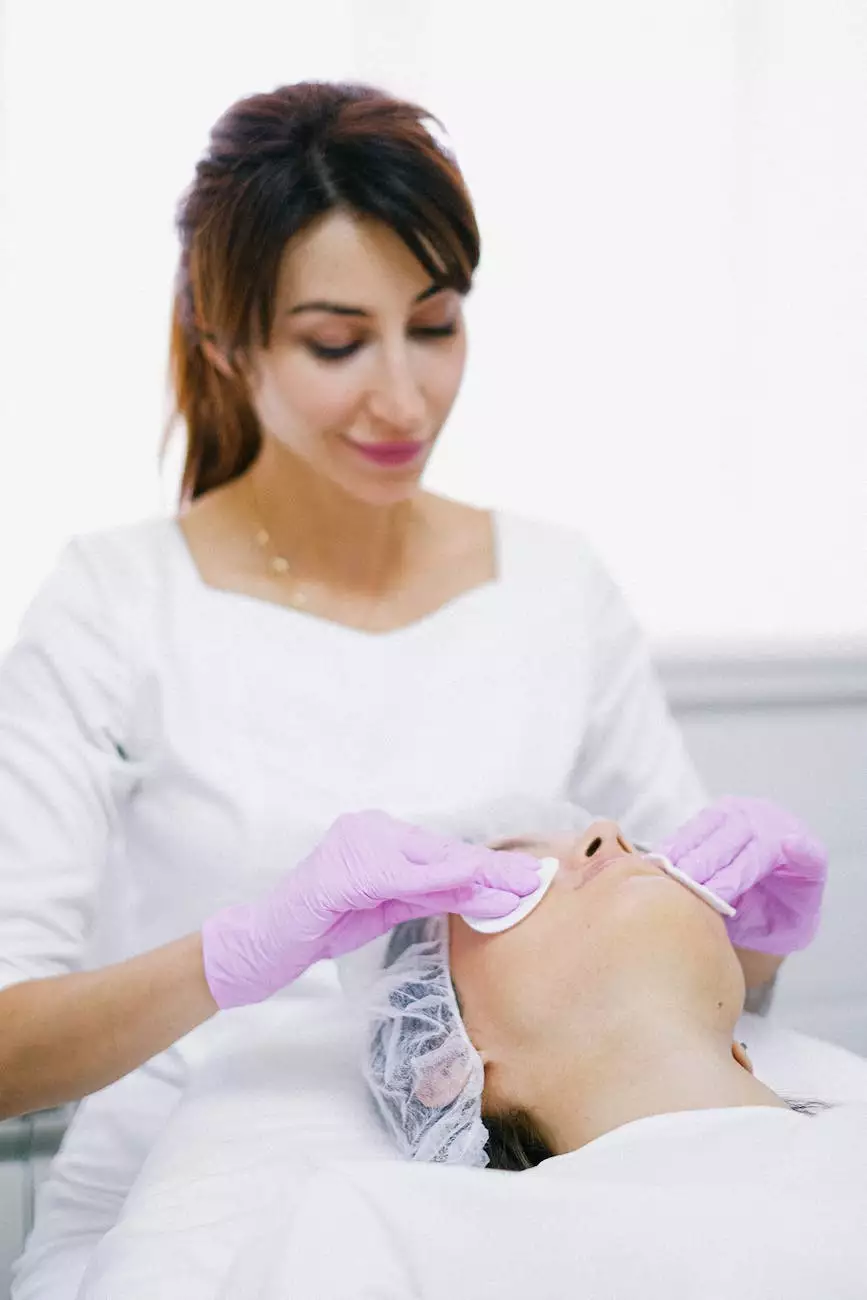Skin Anatomy Overview
Skin Care
The Importance of Understanding Skin Anatomy
As a leading dermatologist in Coral Springs, FL, Smith, Arthur F, MD understands the significance of comprehending the intricacies of skin anatomy in maintaining optimal skin health. Our skin serves as the body's largest organ, protecting us from external factors, regulating body temperature, and conducting vital sensory functions. By gaining a deeper understanding of skin anatomy, you can make informed decisions about skincare routines, identify potential skin issues, and take proactive steps towards maintaining a healthy, glowing complexion.
An Overview of Skin Layers
The skin is made up of three primary layers: the epidermis, dermis, and hypodermis.
1. Epidermis
The epidermis, the outermost layer of the skin, acts as a protective barrier against environmental factors, UV radiation, and pathogens. It consists of several sublayers, including the stratum corneum, stratum granulosum, stratum spinosum, and stratum basale. Each sublayer plays a crucial role in the development and maintenance of healthy skin.
2. Dermis
Beneath the epidermis lies the dermis, a complex layer responsible for providing structural support and nourishment to the skin. It contains an intricate network of blood vessels, hair follicles, sweat glands, and sebaceous glands. Collagen and elastin fibers within the dermis provide the skin with elasticity, strength, and resilience.
3. Hypodermis (Subcutaneous Tissue)
The hypodermis, also known as subcutaneous tissue, is the deepest layer of the skin. It acts as an insulator, protecting the body from temperature fluctuations. The hypodermis also plays a vital role in storing energy, cushioning internal organs, and providing padding to the body.
The Functions of Skin
Understanding the functions of the skin is essential in recognizing its incredible role in our overall health and well-being.
1. Protection
The skin acts as a physical barrier, protecting the body against harmful substances, pathogens, and UV rays. It prevents excessive water loss and regulates moisture levels, maintaining optimal hydration.
2. Sensation
The skin contains specialized nerve receptors that detect different sensory stimuli such as touch, pressure, heat, and cold. These receptors allow us to perceive and respond to our surroundings effectively.
3. Thermoregulation
The skin plays a crucial role in maintaining body temperature. Through processes such as sweating and dilation of blood vessels, the skin helps regulate heat exchange with the environment.
4. Excretion
Small amounts of waste products, such as water, salts, and urea, are expelled through sweat glands, aiding the body in detoxification.
5. Vitamin D Synthesis
Exposure to sunlight triggers the synthesis of vitamin D in the skin, a vital nutrient that contributes to bone health and overall immune system function.
Common Skin Structures
Throughout the layers of the skin, various structures perform specific functions essential to skin health and appearance.
1. Hair Follicles
Hair follicles, embedded within the dermis, produce hair and play a protective role in shielding the skin from external damage.
2. Sweat Glands
Sweat glands secrete perspiration, which helps regulate body temperature and eliminate toxins from the body.
3. Sebaceous Glands
The skin's sebaceous glands produce sebum, an oily substance that lubricates the skin, keeping it moisturized and preventing dryness.
4. Blood Vessels
Blood vessels within the skin supply oxygen and nutrients to the cells, supporting their growth and repair.
Conclusion
In conclusion, understanding skin anatomy is crucial in maintaining optimal skin health and making educated decisions regarding skincare routines. As an esteemed dermatologist in Coral Springs, FL, Smith, Arthur F, MD is here to guide you through the complexities of skin anatomy and provide expert advice on maintaining a healthy, radiant complexion. With our comprehensive knowledge and dedication to patient care, we aspire to be your trusted partner in achieving and preserving beautiful, glowing skin.










